 LOCAL NEWS
LOCAL NEWS
Almost everywhere in California, salmon are on the decline. But in Putah Creek, a restored stream running through the University of California Davis campus, wild salmon are not only increasing, they also are completing their life cycle.
 LOCAL NEWS
LOCAL NEWS
From ducks and cranes to giant garter snakes and salmon, flooded rice fields in California's Central Valley offer important, often vital habitat to many wildlife species.
 LOCAL NEWS
LOCAL NEWS
On Jan. 28, the Department of Water Resources (DWR) announced an update to the State Water Project allocation forecast for 2025. Original article published at Rancho Cordova Independent
 LOCAL NEWS
LOCAL NEWS
Trump backs Newsom's Delta plans in a big way, but are the President's sweeping anti-environmental orders so broad that the Governor and other California leaders...
 LOCAL NEWS
LOCAL NEWS
By Dan Bacher Gavin Newsom continued his “California Jobs First” tour last week with a press event at a farm in Colusa in the Sacramento Valley where the...
 LOCAL NEWS
LOCAL NEWS
The California Department of Water Resources (DWR) and Bureau of Reclamation broke ground on a habitat restoration project in the Delta that, when completed, will help endangered species such as Delta smelt and Chinook salmon while supporting the long-term operation …
 LOCAL NEWS
LOCAL NEWS
By Dan Bacher Hundreds of fall-run Chinook salmon are now spawning on the Klamath River and its tributaries both above and below the former sites...
 LOCAL NEWS
LOCAL NEWS
A “significant threat” to the Delta has been discovered in the Port of Stockton.The golden mussel (Limnoperna fortunei), an invasive, non-native freshwater bivalve, was recently discovered in the port by California Department of Water Resources staff while conducting routine operations, …
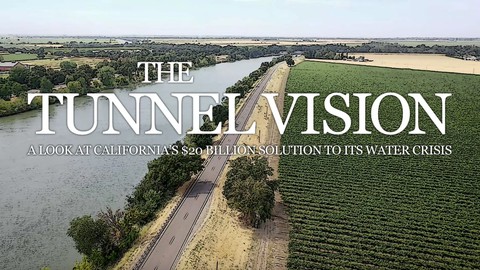
“This is a local story about a global issue, the future of water. In a three-part series of field reports and podcasts, Bay City News reporter Ruth Dusseault looks at the tunnel’s stakeholders, its engineering challenges, and explores the preindustrial …
 LOCAL NEWS
LOCAL NEWS
The Bureau of Reclamation on Oct. 17 announced the availability of $25 million from the Inflation Reduction Act for fish habitat and facility improvements in the Sacramento River Valley. Original article published at West Sacramento News-Ledger
 LOCAL NEWS
LOCAL NEWS
Patrick Hume, Chair of the Delta Counties Coalition (DCC), Made a Statement on Behalf of the Five Jurisdictions That Would be Most Negatively ImpactedOriginal article published at West Sacramento News-Ledger
 LOCAL NEWS
LOCAL NEWS
Rep. Doris Matsui Focuses on Flood Control, Transportation, and Fire Safety on Annual Visit to West SacramentoOriginal article published at West Sacramento News-Ledger
 LOCAL NEWS
LOCAL NEWS
Yolo County Department of Community Services’ Integrated Waste Management Division Teams up with SRCC to Preserve Natural BeautyOriginal article published at West Sacramento News-Ledger
 LOCAL NEWS
LOCAL NEWS
California State Parks’ Division of Boating and Waterways (DBW) is now accepting grant applications from government agencies to help slow, stop, or reverse the impact of erosion on California’s shoreline. Original article published at West Sacramento News-Ledger
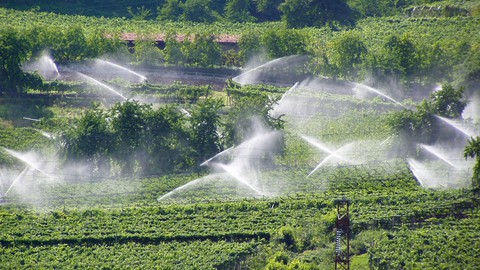
Even though California faces serious water shortages, the Legislature’s analysts recommend weaker outdoor conservation requirements and longer deadlines for urban water agencies.

Only a few small demonstration projects off the West Coast have harnessed the power of waves and tides. Costs are high and hurdles are challenging.
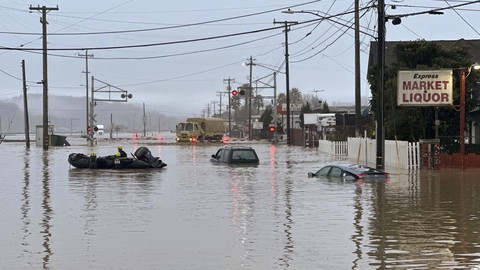
California ranks among the top states suffering economic damage from climate-related disasters. The report describes food shortages, floods, droughts, wildfires, pollution, disease—all linked to climate change.
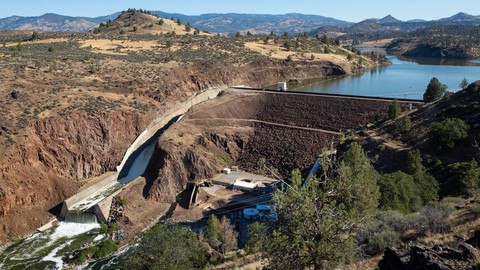
As four aging hydroelectric dams are demolished, tribes and communities along the Klamath River wait anxiously to see what the future holds. “Once a river is dammed, is it damned forever?” experts ask.
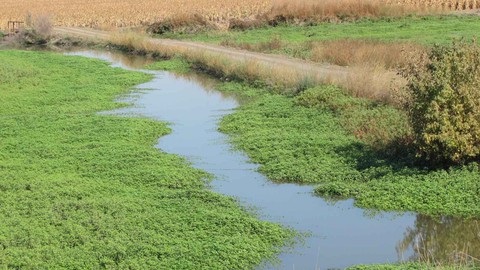
Since the Gold Rush era, land reclamation projects have helped to build California, but they are also damaging the state’s environment for people, plants and animals by eliminating essential wetlands.
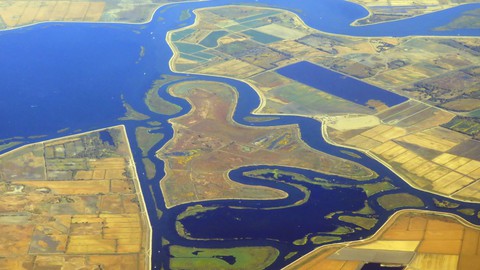
California has used reclamation districts to turn millions of acres of unusable swamps into fertile agricultural land, starting in the earliest days of the Gold Rush. Here’s how it happened.